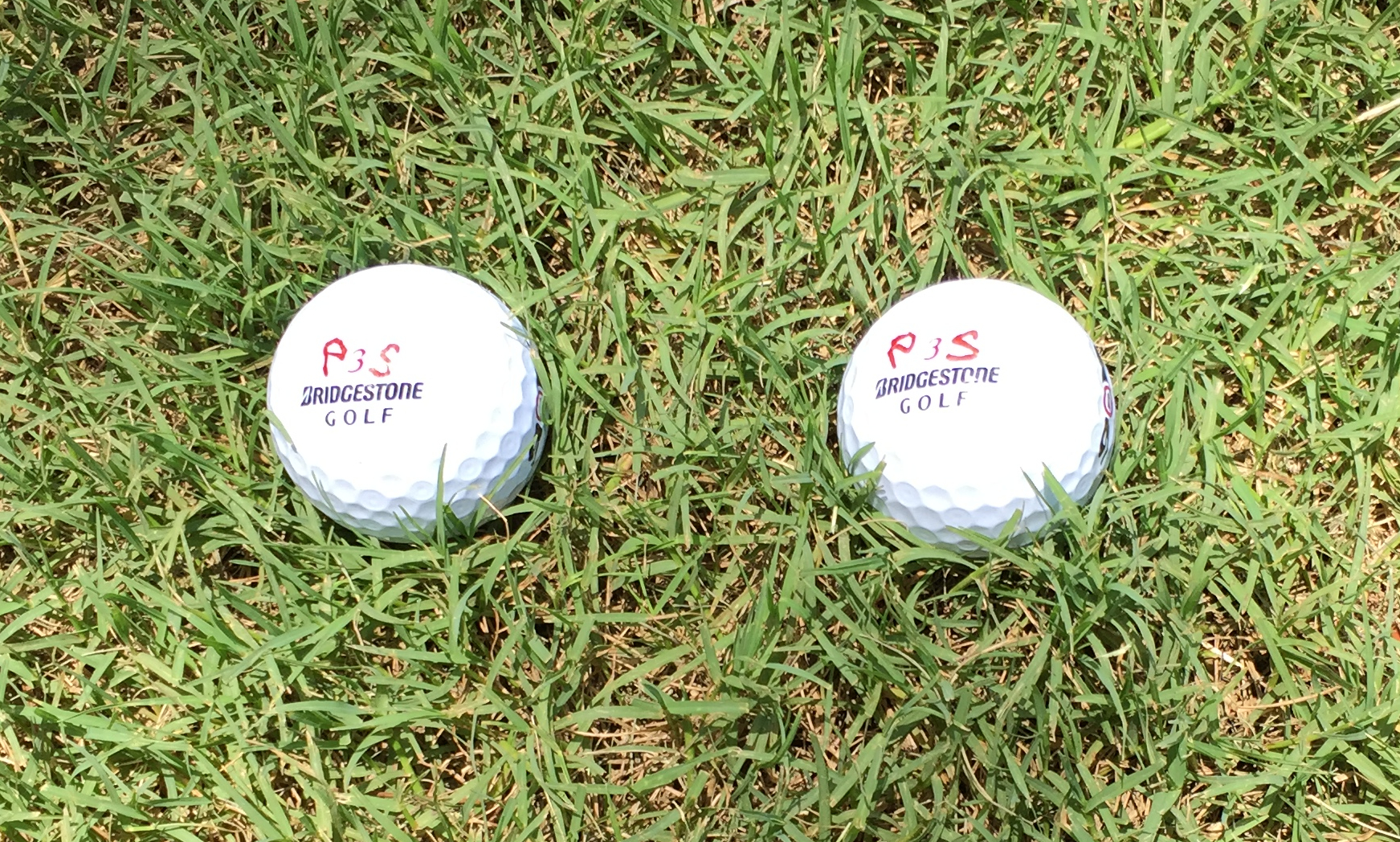
The Golfers Report
When Your Provisional Ball Doesn’t Behave
 Presented by Golfers Report
Presented by Golfers Report
You hit what feels like a nice drive; suddenly it starts fading, and then just keeps on fading, until you lose sight of it somewhere in the woods. Your playing partners try to comfort you by saying “don’t worry we can find it,” but you know better, and quickly declare you are hitting a provisional ball – there is no way you are going back to the tee if your ball is lost. Smart use of the rules. So now you hit the provisional; it starts off down the fairway and once again starts fading, and at the exact same spot your first ball went in.
With two balls in the woods, now you are just hoping to find one of the balls. Luckily, you find them both; unluckily you don’t know which one is the first ball and which one is the provisional. So what are your options? Your first impulse might be to take the ball with the best lie and declare it to be your first ball. And you know, this may not be as crazy as it sounds. Barry Rhodes, Rules of Golf blog, was kind enough to let me excerpt the following from his Which Ball Is In Play post, which explains the rule for 4 different provisional ball situations; pay particular attention to Situation 4.
“Here is Decision 27/11 in full, which explains the principle when a provisional ball has been played;
A player entitled to play a provisional ball from the tee plays it into the same area as his original ball. The balls have identical markings and the player cannot distinguish between them. Following are various situations and the solutions, which are based on equity (Rule 1-4), when the above circumstances exist and one or both of the balls are found within a search of five minutes:
Situation 1: One ball is found in a water hazard and the other ball is not found.
Solution 1: The ball that was found must be presumed to be the provisional ball.
Situation 2: Both balls are found in a water hazard.
Solution 2: As the player’s original ball is lost in the water hazard due to his inability to identify it (see analogous Decision 27/10), the player must proceed under Rule 26-1 with respect to the original ball (estimating the spot where the ball last crossed the margin of the hazard, if necessary – see Decision 26-1/17); his next stroke would be his third.
Situation 3: One ball is found in bounds and the other ball is lost or is found out of bounds.
Solution 3: The ball in bounds must be presumed to be the provisional ball.
Situation 4: Both balls are found in bounds, whether in a playable or an unplayable lie, and (1) one ball is in a water hazard and the other is not or (2) both balls lie through the green or in a bunker.
Solution 4: One could argue that both balls are lost. However, it would be inequitable to require the player to return to the tee, playing 5, when the player has found both balls but does not know which is the original and which the provisional. Accordingly, the player must select one of the balls, treat it as his provisional ball and abandon the other.”
Be sure to Read the Full Post by Barry Rhodes, because it validates my rule that if you can’t see your ball, always play a provisional; no matter what your eagle eye buddies say.

